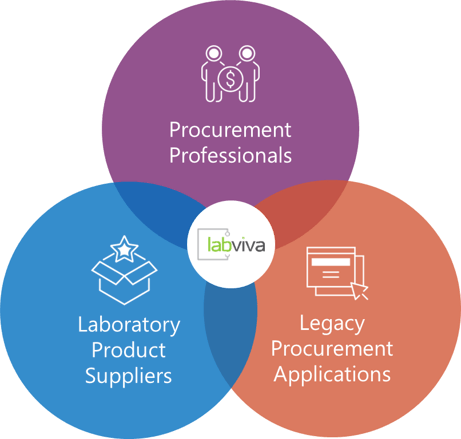We’ve all seen and experienced how companies like Uber, AirBNB, and Amazon have reshaped B2C commerce by creating platforms that are both continuously innovating from a technical perspective, but also raising user expectations.
Intersection of Functionality and Access
What’s useful about the common applications we interface with is the ability to package information in a way that is valuable to end-users. Consumer banking applications are an example: even in the cloud era, many banks still rely on mainframe computing. While this system may hold the customer’s information, it does not do so in a way that is accessible to them. However, mobile banking apps and online account access bridges the gap between the massive computer systems that can handle millions of daily transactions and the consumer’s desire to check their balance.
In this same way, Enterprise Gateway Marketplaces (EGMs) offer a way to present information in a way that supports what end users are trying to accomplish. In the context of EGMs in life sciences, this could be a researcher looking for a specific antibody, a procurement manager stocking the lab with PPE for the next six months, and it is inclusive to the suppliers who have these items in their catalogs.
Purpose Built for Pharma, Biotech, and Research
Labviva, an EGM built specifically for pharma, biotech, and research institutions, integrates with existing procurement software like SAP Ariba, Oracle Procurement Cloud, or JAGGAER eProcurement to create a private marketplace for buyers and sellers. In the traditional model, many purchasers have a catalog that is made up of just one or two major incumbent suppliers. These catalogs are typically separate, requiring the user to switch back and forth. If that supplier does not have a specific product, they may acquire it from a third-party, and as procurement teams are well aware, it comes with a markup. There is little visibility into this process. Labviva aggregates all of the existing catalogs for a unified shopping experience, including suggesting relevant substitutions for products, essentially eliminated the third party spend.

In addition, the lack of diversity in the catalog can open up life sciences organizations to risk. We saw pressure applied to this system at the beginning of the COVID-19 pandemic: as major suppliers sold out, many labs were unable to continue their research until they onboarded new suppliers. This is a laborious process that slows down scientific advancement.
Modernize Without Starting Over
Yet, with an EGM like Labviva, purchasing teams and the researchers they support no longer have their hands tied by legacy suppliers who discourage competition and create vendor lock-in. Instead, they can use Labviva as a central supplier to the organization through a single integration. The EGM is tailored to coordinate between the enterprise demand side and the thousands of outside vendors on the supply side. With the ability to manage spend through essentially unlimited catalogs, procurement leaders can simplify their procurement processes without replacing their ERP.
Ultimately, while Labviva is an EGM, it is also a customer advocacy platform. We work on behalf of all of our users to provide them with data to drive better decision-making opportunities, and provide opportunities to forge connections. With enriched product details, citations, and protocols scientists are able to accelerate their pace of research, suppliers gain a closer relationship, and purchasing departments get transparency in pricing and process.
The result is a procurement ecosystem that is centered on analytics and innovation, and when it comes to life sciences, that’s where we think the focus should be.